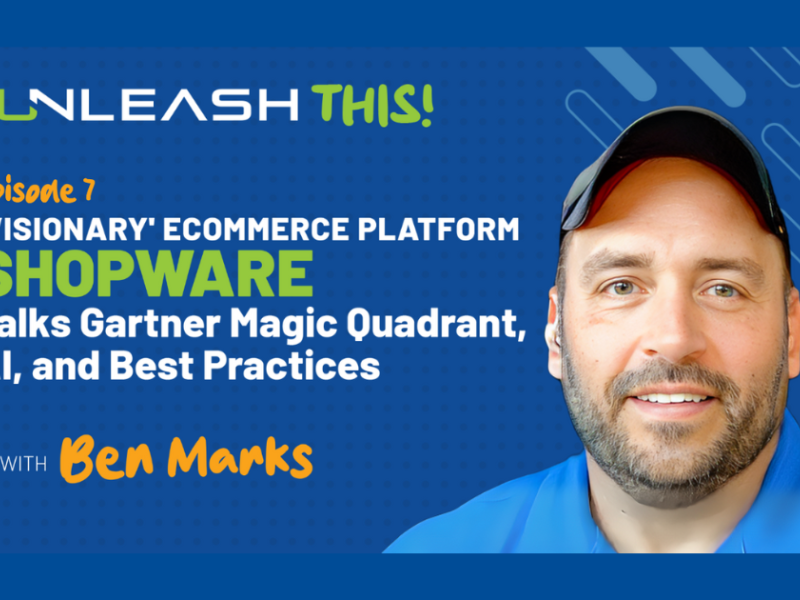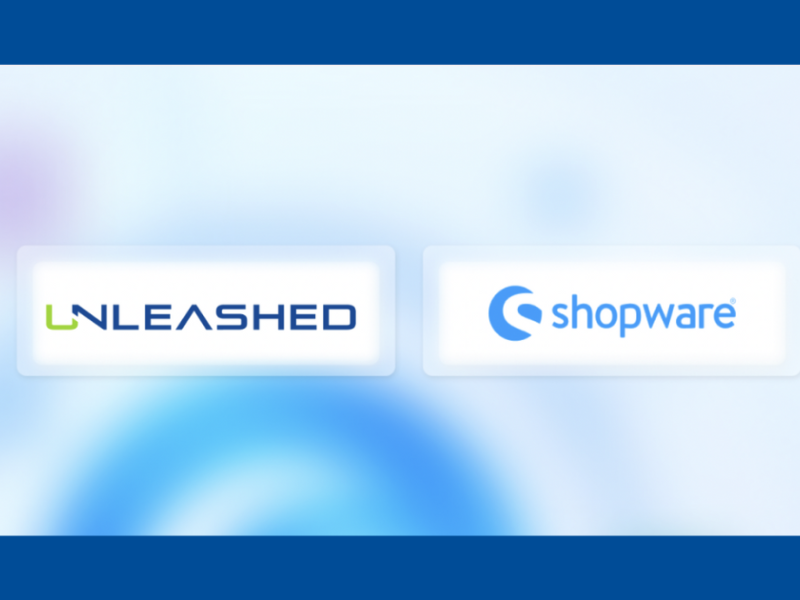Over 100 Publishers Share Their Perspectives on Content and the Web Today
As opposed to the typical kind of swag we hand out at events that’s become commonplace, we decided to donate $10 to The Literacy Lab for every survey filled out at AMP16. We present that information so it can hopefully help publishers understand where their organization stands as it pertains to publications online or maintaining a relevant web experience.
In our survey, we focused down on two major areas: A publisher’s viewpoint on the state of their content and how they felt about their existing presentation of that content on the web today. Some of the results were very surprising.
Perhaps one of the most stunning statistics discovered was that more than 60% of all respondents felt that their overall digital content was above the status quo from a digital perspective. This begs the question: is that truly the case? As a technologist, I’m encouraged to see that this represents the long- term shift that’s been happening in the association space for quite some time. With an additional 30% rating their content as “average” we can confidently say that this question has slowly become a non-factor. The new battle in content will now be in the micro enhancements and relevancy of the content as associations battle for market share and readership online.
Now when polling why the content actually appeals to an association’s membership, we find an interesting second place result coming in at 28%. That group of 28% indicated that the content they offer is not powerful to the membership base because it’s relevant to them, but because it’s viewed as a trusted resource. Entire discussions could spawn from the fact that only a combined 22% felt that the strongest appeal to their content was that it connected them to their community or quickly communicated important industry information.
From a technology perspective, we see those not moving with the pace of innovation are quickly getting closed upon as a minority (particularly in the way of responsive design). A staggering 79% of responders will be undertaking a full redesign initiative within 6 months if they haven’t already started the effort. Another 14% of responders are making budgetary and strategic plans for the same in 2017. This leaves a mere 8% unsure of when, if, or how a redesign will take place for their organization in the near future. With 46% still not fully operational in seamless web experiences for their constituents, leveraging best practices such as responsive design, these numbers align very well with one another in the surge to make big moves over this year and the next.
When talking existing web presences, we saw almost a three-way tie in which associations saw that their web presences could improve between events/communication efforts, ecommerce (subscription) capabilities, and the actual management of content on the web platform.
Site navigation and the challenge that it presents to associations with high volumes of content reigns supreme just shy of representing 50% of the biggest improvement publishers would like to see with their web presences moving forward.
Site navigation and the challenge that it presents to associations with high volumes of content reigns supreme just shy of representing 50% of the biggest improvement publishers would like to see with their web presences moving forward. Scalable navigation and supporting taxonomy structures that can accommodate growth are really only a small piece to the puzzle in creating an insightful content rich website for the members and visitors of association websites. Semantic search capabilities, weighted results, and a break away from traditional navigation structures (mirroring magazine structure) has become more practical for associations on the whole as even older readership adopts these new ways of consuming content online.
With regard to exporting content from their publication (i.e. Adobe InDesign, Quark) directly into a mobile application or into their website, we saw a large portion of people saying they were not interested in this right now. After analysis of how the question was asked, we find that this had room for misinterpretation of the question, so we challenge the findings. If we were to take this data at face value however, it would be interesting to find that this data represents a fear of still bringing their magazine content directly into the web despite requirement of membership or subscription to be able to view that content. Making this content online and being able to leverage a single source for periodical content generation seems to just makes sense and taking such a position would mean the beginning steps of a digital asset management (DAM) system.
Unleashed hopes that everyone that attended the AM&P 2016 Annual Meeting found what they were looking for whether it was networking with peers, staying current on the latest trends (the overwhelming favorite), or standing tall with their organization as a recipient of a prestigious EXCEL Award. We look forward to seeing you all next year and are very interested to see how this data may change from 2016 to 2017.



